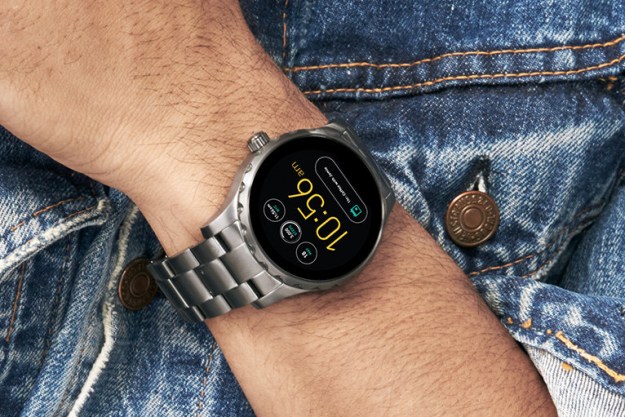If our future is destined to be jam-packed with interconnected devices in our pockets, homes, cars, and even on our bodies, we’re going to need a better way to control the many technologies that we integrate into our lives. Everything is connected now, but it’s not always practical to pull out a smart phone and sort through apps to do something as simple as turning on a light or opening the front door.
That’s where Bird comes in. Designed by Israeli startup MUV Interactive, it’s an intriguing new wearable device that’s designed to turn any space and any technology around you into a completely interactive experience.
Using sensors to detect the wearer’s movements, location, orientation, force, and proximity to specific objects, Bird aims to make the automation of our highly connected lives simple and intuitive. When paired with smart gadgets in the home, Bird’s motion and direction sensors will be able to tell what the user is pointing to and translate gestures on the Bird device into actions that might adjust the lighting, change a smart thermostat, or answer an incoming phone call. Swiping, pointing, touching, tapping or moving the finger wearing Bird allows the user to trigger interactions with a digital display. A combination of gestures like these could allow Bird to remotely serve as the cursor on a computer, work as a laser pointer or a remote control for big room presentations, make object selections in a design platform, or even start animations in a projection.
Bird has already been demonstrated for use in many applications, from adjusting lighting, to teaching and learning. The creators have even used it to fly drones. MUV Interactive has been developing the technology behind Bird for more than five years, and already reports sales of more than 15,000 Birds to customers testing the devices for applications in education and in business. With the device, teachers, lecturers, or even business presenters can control projection screens, animations or even interactive demonstrations using simple gesture-based controls.

In addition to the internal sensors, Bird includes a microphone to register voice commands, and a capacitive touch function to register thumb gestures like taps and swipes on the surface of the device. It is already compatible with Mac and Windows PCs, as well as mobile devices that run iOS or Android. Multiple Birds can also be used in collaboration with each other, so a user could wear one on each hand or pass up to ten devices out to a classroom group.
Unfortunately it’s not available for purchase quite yet, but interested parties can currently preorder Bird for $249 on the MUV Interactive website. The device comes with a base unit, a cradle that works as both a tethered and mobile charger, and apps that allow you to integrate Bird with your existing connected devices. For the first 10,000 Birds ordered, MUV is dropping the price to $149. If all goes according to plan, MUV expects to ship the first production back out to customers in the first quarter of 2016.


